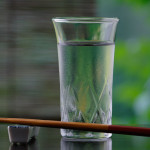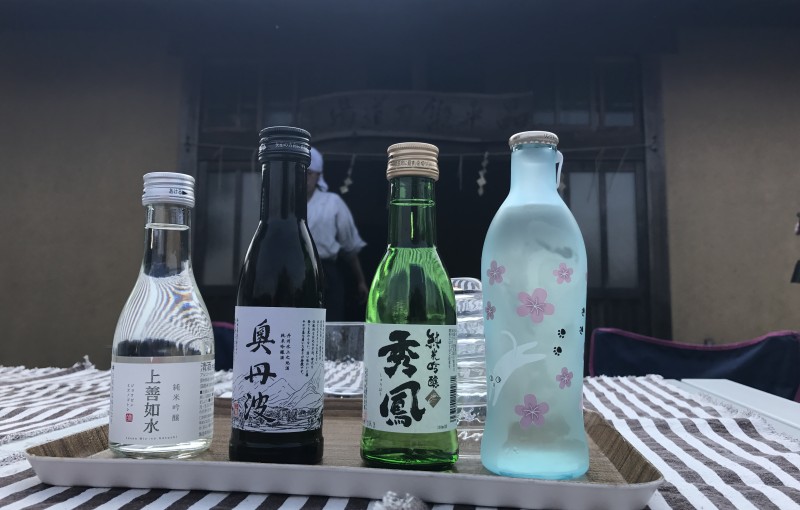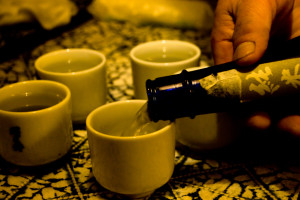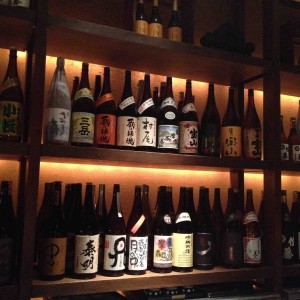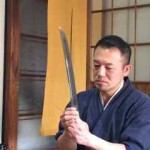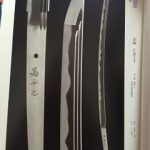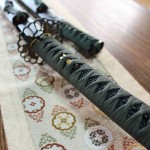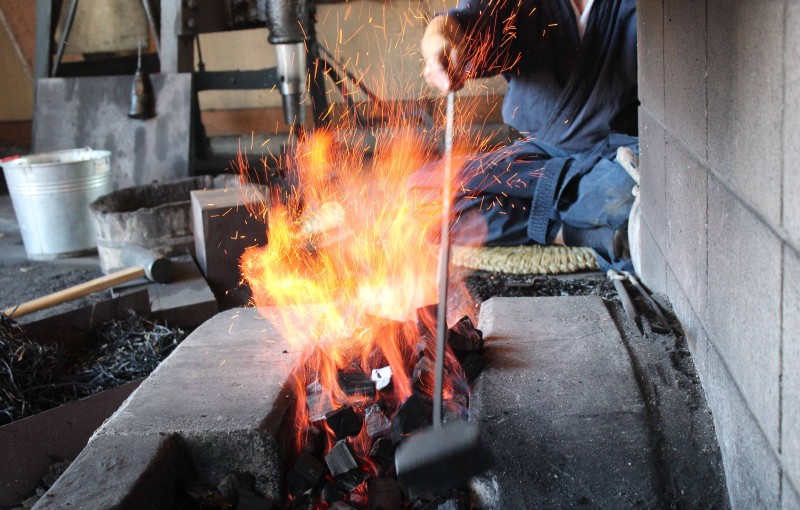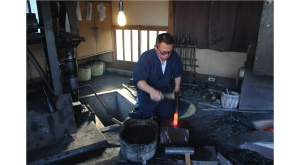If you are a sake lover, you may have heard that junmai-shu is better sake than jozo-shu. Is it correct? Not necessarily. Now let’ learn about some basics of sake. I checked several English information on junmai-shu and jozo-shu, but I think non of them explains the difference very well.
First of all, sake can be categorized into two big groups; junmai-shu and jozo-shu. (Honjozo is one type of jozo-shu.) Junmai-shu is
Read More
